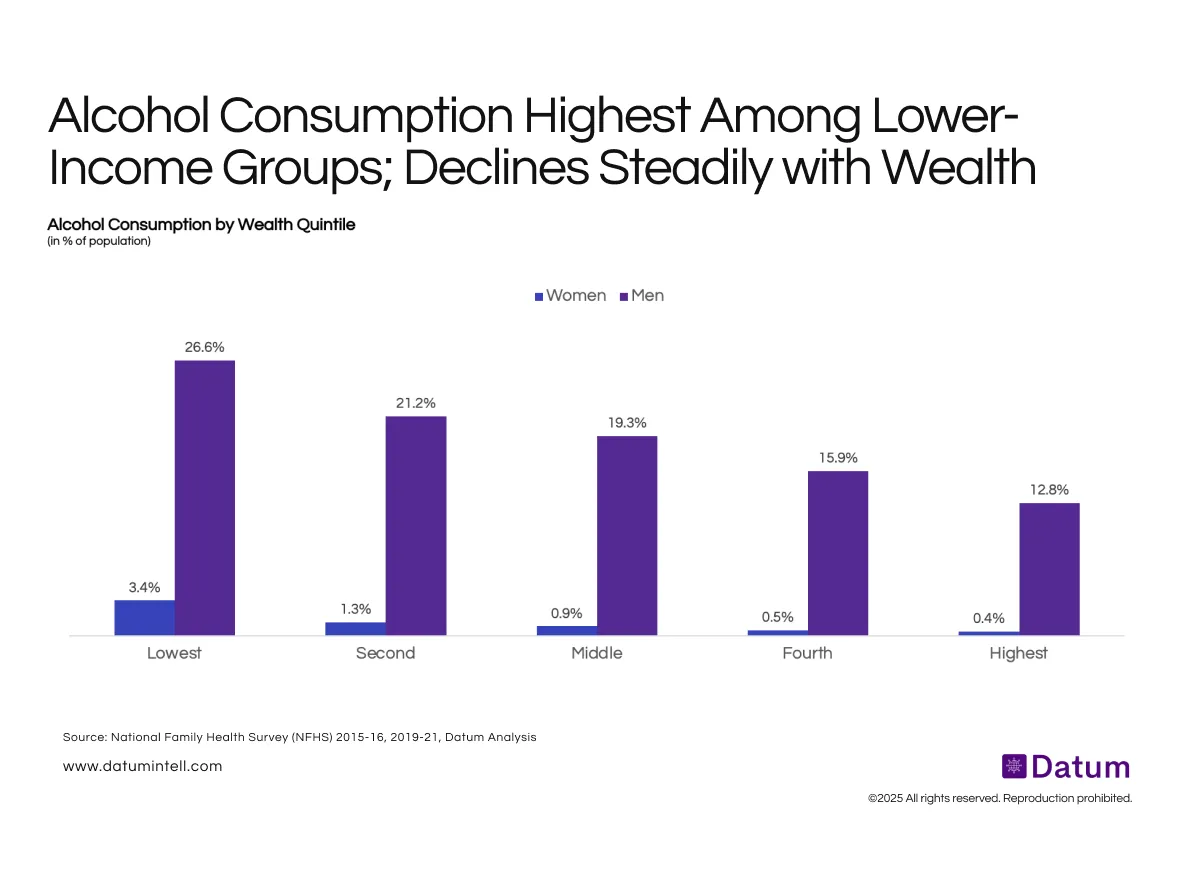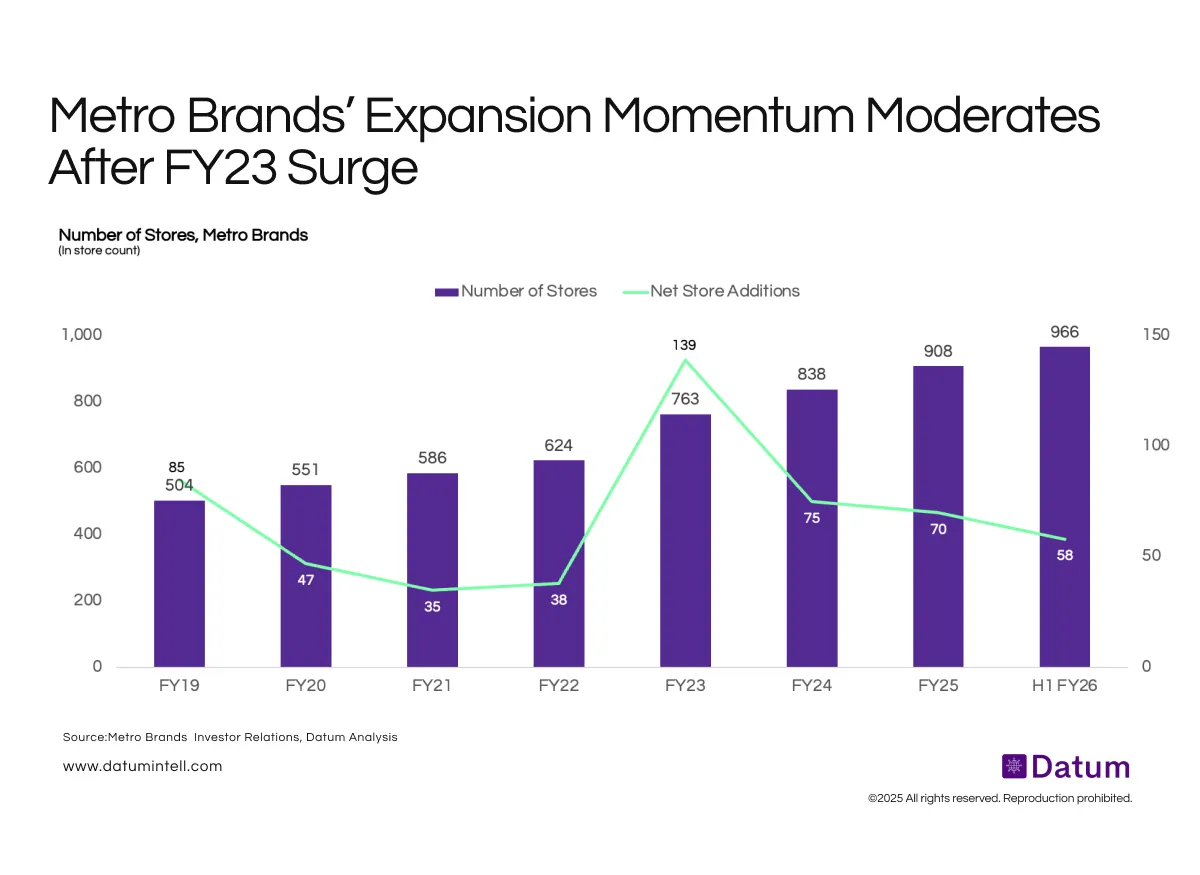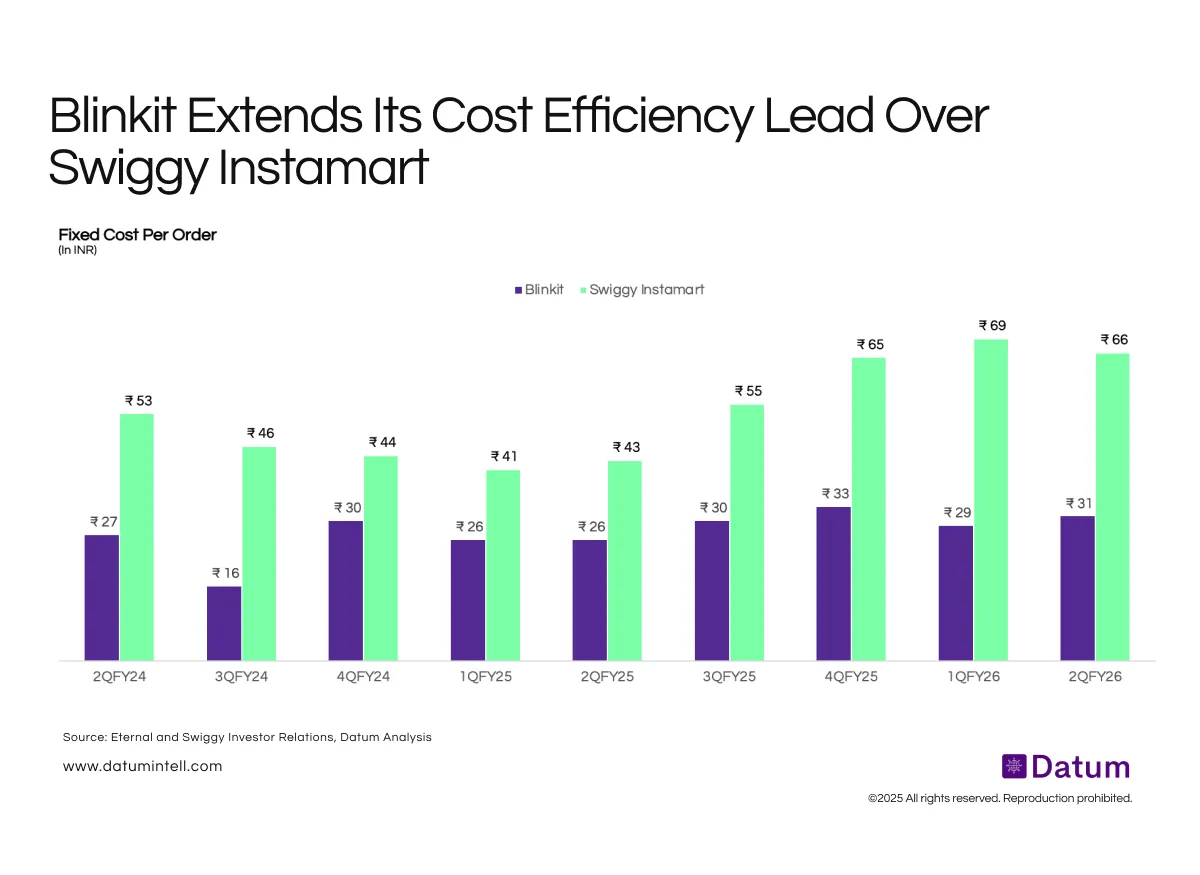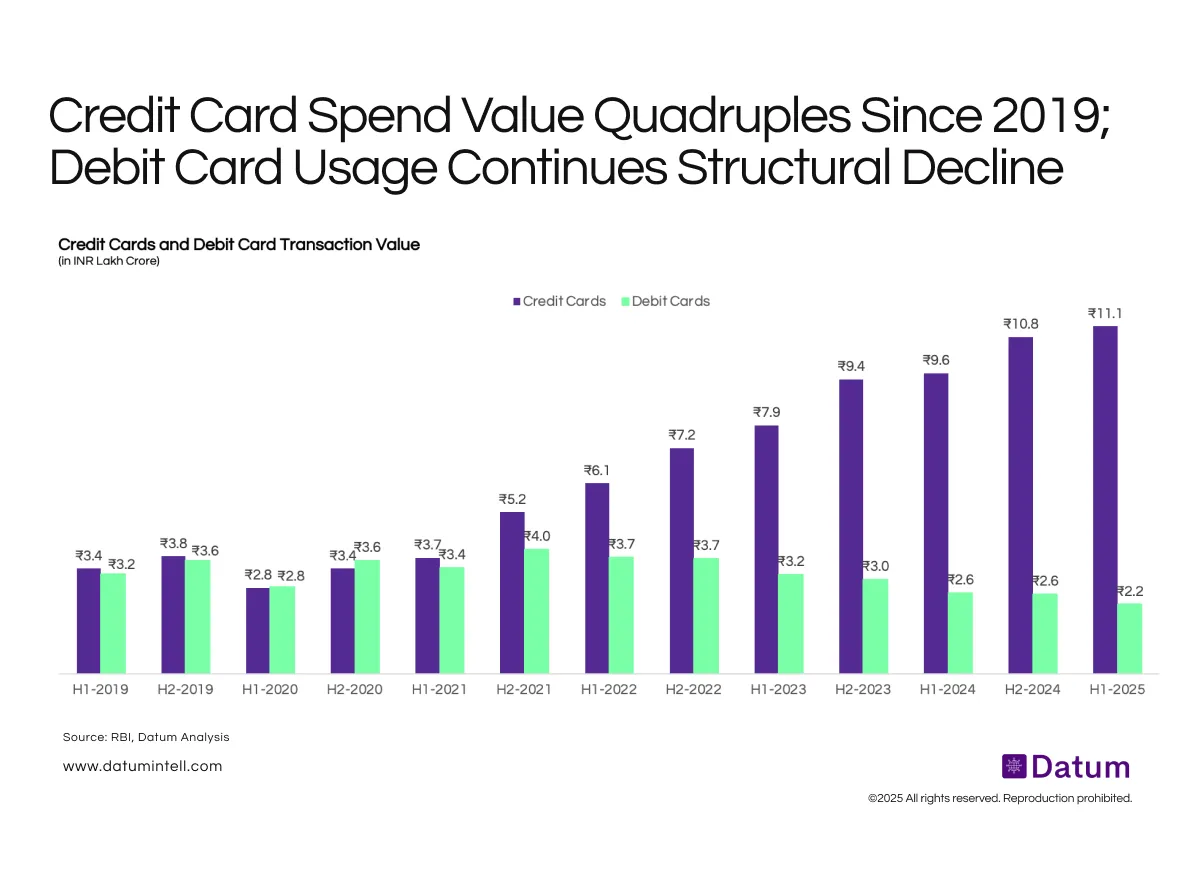Table of Contents
According to NFHS 2019–21, alcohol consumption in India is inversely related to income — 26.6% of men in the lowest wealth quintile consume alcohol compared to only 12.8% among the wealthiest. Among women, the pattern holds, though at far lower levels (3.4% vs 0.4%).
- Alcohol Consumption is inversely correlated with income
- Alcohol use declines sharply with rising wealth - from 26.6 % among men in the lowest quintile to 12.8 % among the highest.
- Among women, prevalence falls from 3.4 % to just 0.4 %, underscoring the same downward gradient.
- The pattern suggests that affordability is not the driver - rather, social norms and lifestyle choices evolve with economic status.
- Drinking remains concentrated among lower-income groups
- The bottom 40 % of households account for over half of all alcohol consumers in India.
- High prevalence in these segments reflects easy access to local and informal liquor markets and limited enforcement.
- These groups form the core tax base for state excise revenues, despite low per-capita income.
- Rising affluence brings moderation and premiumization
- In higher quintiles, fewer but wealthier drinkers are driving the shift toward premium brands and lower volumes.
- Health consciousness, urban exposure, and social visibility contribute to controlled consumption patterns.
- This marks a structural evolution from mass drinking to value-driven drinking in India’s alcobev market.
This suggests that alcohol remains more prevalent in lower-income households, often linked to cultural acceptance, stress coping, and cheaper local options, while higher-income groups demonstrate restraint driven by health consciousness, social image, and lifestyle moderation.
What It Means
- Alcohol use among India’s poorest reflects social normalization and affordability of low-cost beverages.
- Wealthier groups are shifting toward occasional, premium, or social consumption, emphasizing quality over quantity.
- The consumption gap underscores a behavioral divide — drinking as a coping mechanism versus a lifestyle choice.
- The declining gradient with wealth also points to education and health awareness playing key roles in moderating alcohol use.





